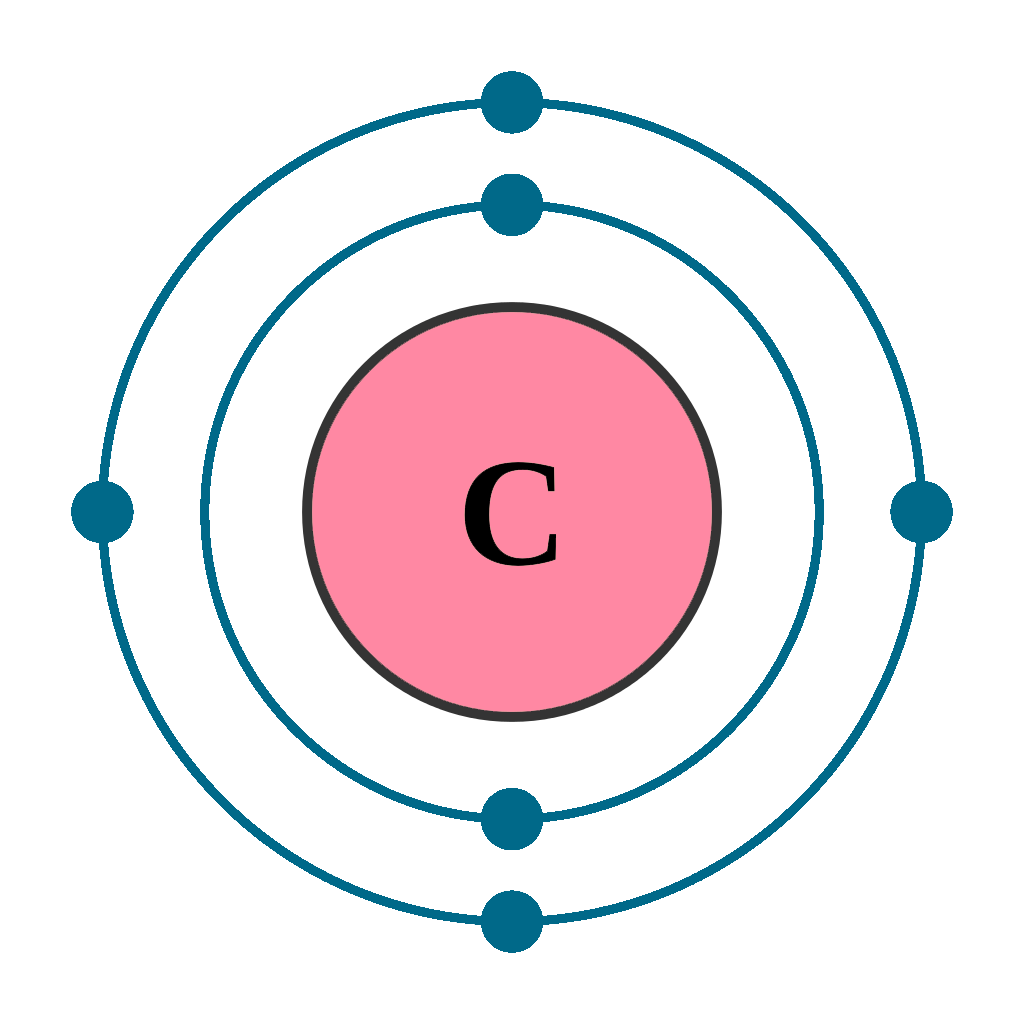
Carbon Element With Reaction, Properties, Uses, & Price Periodic Table
Valence electrons are the electrons present in the outermost shell of an atom. You can easily determine the number of valence electrons an atom can have by looking at its Group in the periodic table. For example, atoms in Groups 1 and 2 have 1 and 2 valence electrons, respectively. Atoms in Groups 13 and 18 have 3 and 8 valence electrons.

Carbon — Role and Importance to Life Expii
Here is a table of element valences. Remember that an element's electron cloud will become more stable by filling, emptying, or half-filling the shell. Also, shells don't stack neatly one on top of another, so don't always assume an element's valence is determined by the number of electrons in its outer shell. Table of Element Valences Sources
What Are Valence Electrons / Valence Electrons / The nucleus is what contains the protons
Valence electrons are the highest energy electrons in an atom and are therefore the most reactive. While inner electrons (those not in the valence shell) typically don't participate in chemical bonding and reactions, valence electrons can be gained, lost, or shared to form chemical bonds.

[Class 10 Chemistry] What is Carbon and its compounds? Teachoo
1. Determine the total number of valence electrons in the molecule or ion. Each hydrogen atom (group 1) has one valence electron, carbon (group 14) has 4 valence electrons, and oxygen (group 16) has 6 valence electrons, for a total of [(2)(1) + 4 + 6] = 12 valence electrons. 2. Arrange the atoms to show specific connections.

PPT Chapter 8 lesson 1 Electrons and energy levels PowerPoint Presentation ID2614848
The first shell can hold up to 2 electrons, and the second shell can hold up to 8 electrons. In its neutral state, carbon has 2 electrons in the first shell and 4 electrons in the second shell. Flexi answers - How many valence shells does carbon have? | CK-12 Foundation

5 Steps】How Many Valence Electrons Does Carbon Have?Number of Valence Electrons in Carbon
Carbon has 4 valence electrons. Each oxygen has 6 valence electrons. The -2 charge means that there are 2 extra electrons. Total: 4 + (3 × 6) + 2 = 24 electrons. The final answer MUST have this number of electrons‼! Step 2) Attach the atoms to each other using single bonds ("draw the skeleton structure").
Valence Electrons In Carbon slidesharedocs
Valence electrons are the electrons in the outermost shell, or energy level, of an atom. For example, oxygen has six valence electrons, two in the 2s subshell and four in the 2p subshell. We can write the configuration of oxygen's valence electrons as 2s²2p⁴. Created by Sal Khan. Questions Tips & Thanks Want to join the conversation? Sort by:

PPT Introduction to Mass Spectrometry PowerPoint Presentation, free download ID1273270
For example, silicon is in Group IVA (Group 14), so each atom would have four valence electrons. Chlorine is in Group VIIA (Group 17), so it would have seven valence electrons. Calcium would have two valence electrons, since it is in Group IIA (Group 2). Helium is the only exception for the main group elements. The first energy level holds a.

Periodic Table Carbon Periodic Table Timeline
Valence electrons: For main group elements (i.e s-block and p-block elements), the valence electrons are the electrons present in the outermost orbit. But for most of the transition and inner transition elements, the valence electrons are the electrons present in the shells outside the noble gas core.
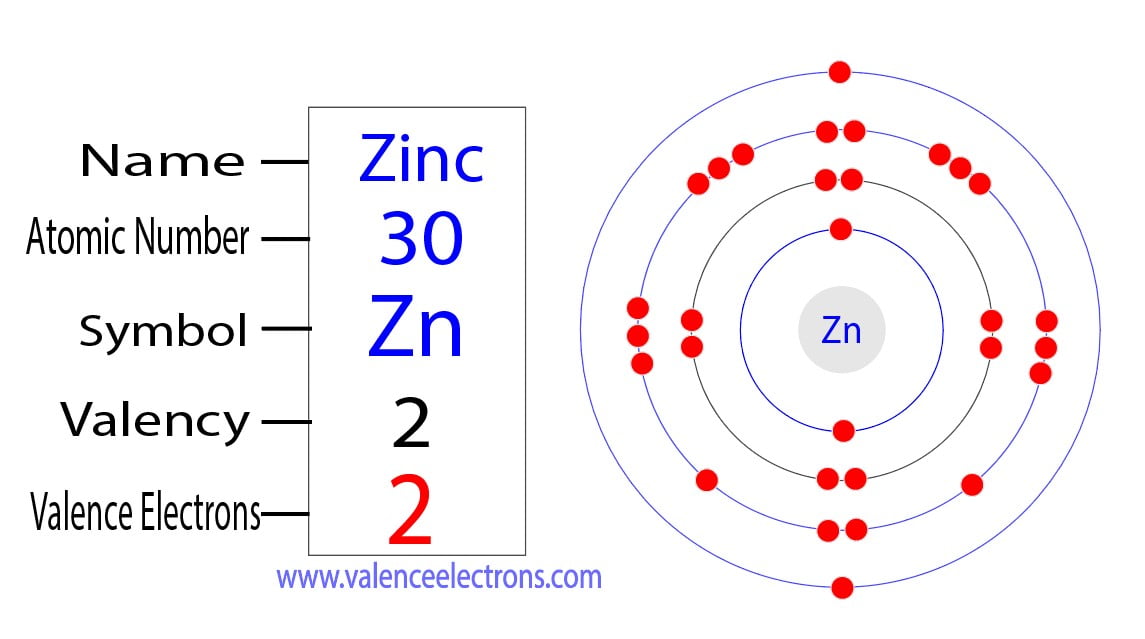
How to Find the Valence Electrons for Carbon(C)?
Four covalent bonds. Carbon has four valence electrons and here a valence of four. Each hydrogen atom has one valence electron and is univalent. In chemistry and physics, valence electrons are electrons in the outermost shell of an atom, and that can participate in the formation of a chemical bond if the outermost shell is not closed.

Atomic number of carbon atom isA) 1B) 3C) 6D) 8
The total number of electrons present in the valence shell of an atom are called valence electrons, and there are a total of four electrons present in the valence shell of carbon (2s22p2). Thus, carbon has four valence electrons. Valency of Carbon (C)
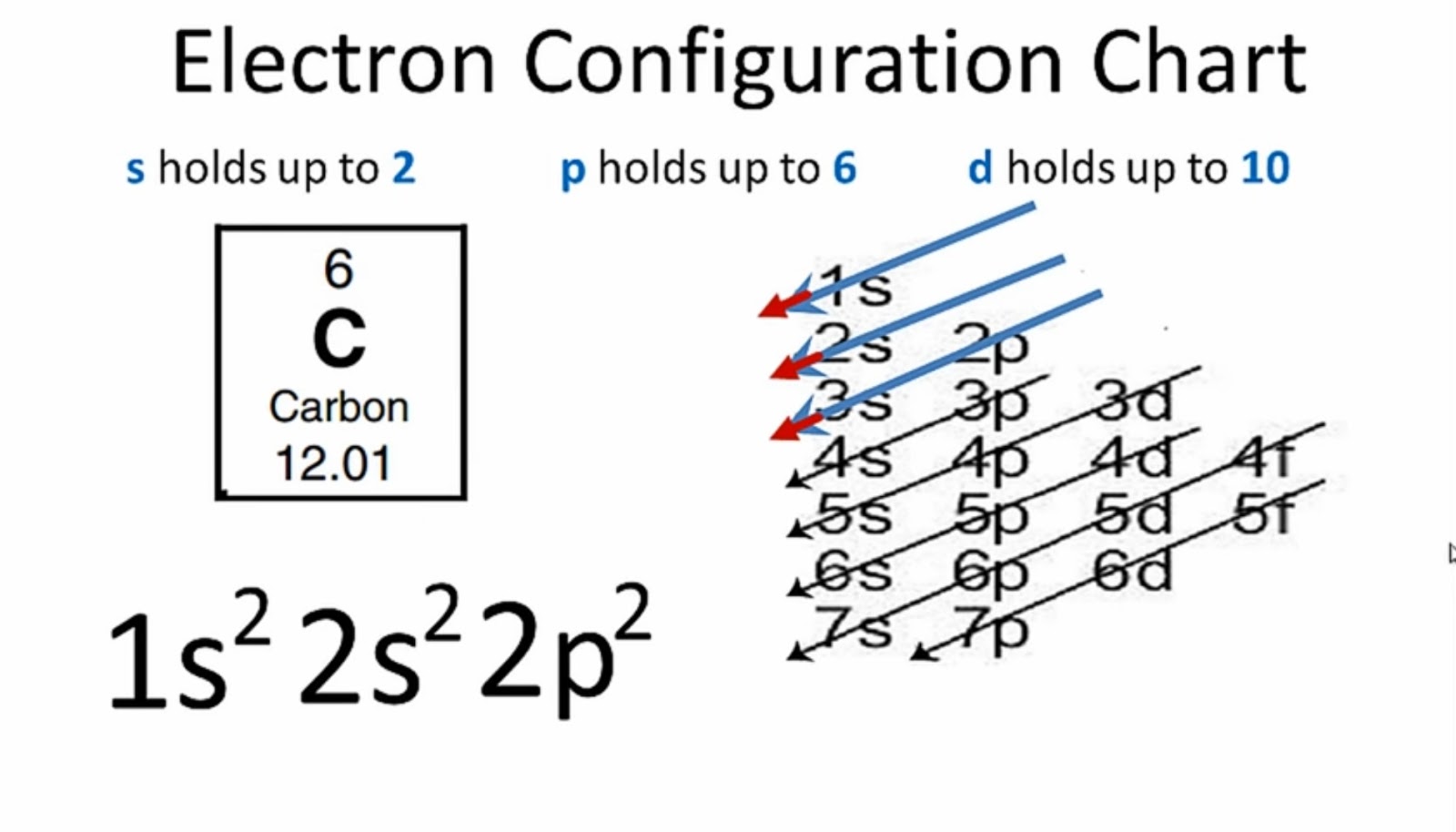
What Is the Carbon(C) Electron Configuration?
Each Oxygen atom has 6 valence electrons whereas the Carbon atom only has 4 valence electrons. To satisfy the Octet Rule, Carbon needs 4 more valence electrons. Since each Oxygen atom has 3 lone pairs of electrons, they can each share 1 pair of electrons with Carbon; as a result, filling Carbon's outer valence shell (Satisfying the Octet Rule).
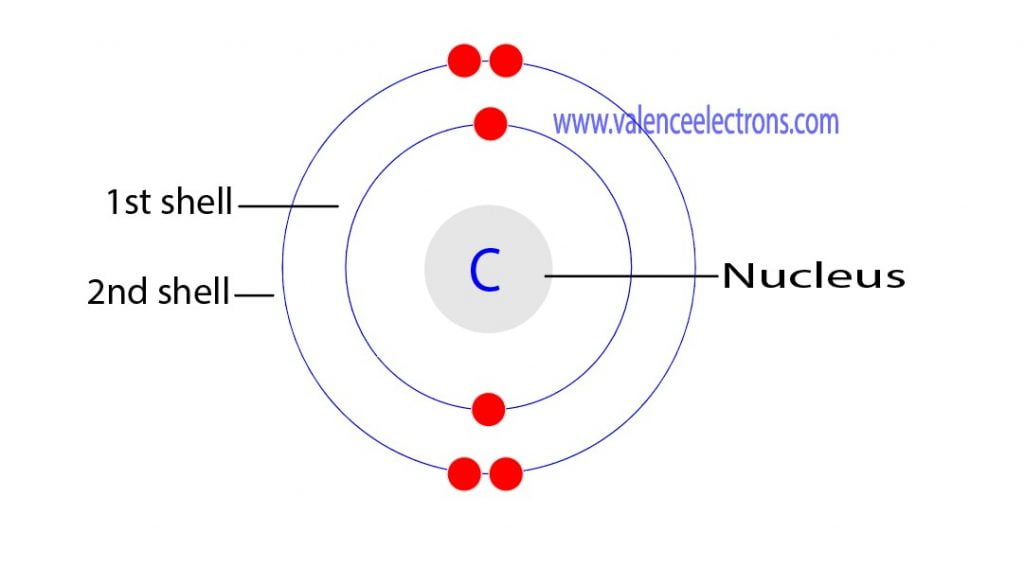
How many protons, neutrons and electrons does carbon have? (2022)
The valence (or valency) of an element is a measure of its combining power with other atoms when it forms chemical compounds or molecules. The concept of valence was developed in the last half of the 19th century and was successful in explaining the molecular structure of many organic compounds. The quest for the underlying causes of valence.
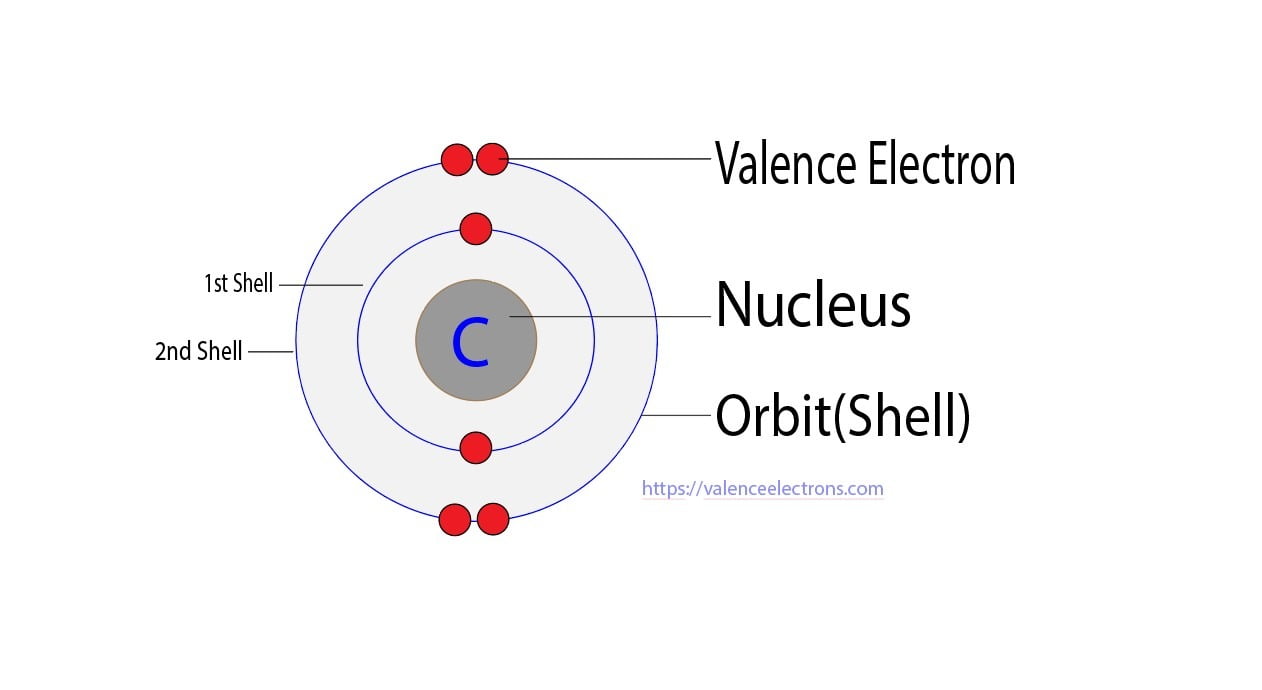
How to Find the Valence Electrons for Carbon Disulfide?
You can see that in the periodic table, carbon is in group 4, so it has 4 valence electrons. How many valence electrons does oxygen have? 6. Oxygen is in group 16 of the periodic table, so as with the other elements in groups 13-18, you can subtract 10 from the group number to find out the number of valence electrons.
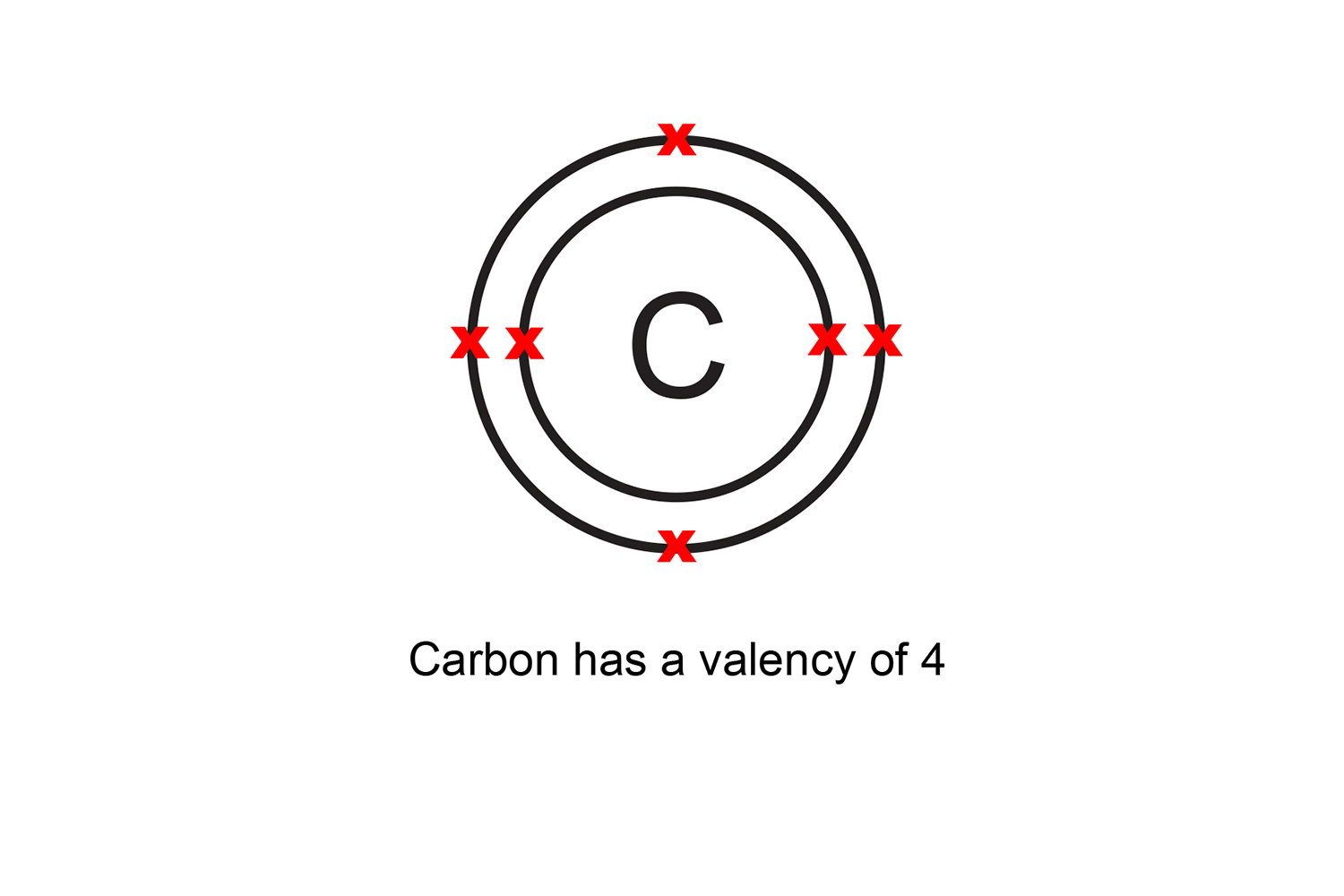
Valency is the number of bonds an atom can make with others
Carbon has an atomic number of six (meaning six protons, and six electrons as well in a neutral atom), so the first two electrons fill the inner shell and the remaining four are left in the second shell, which is the valence (outermost) shell.
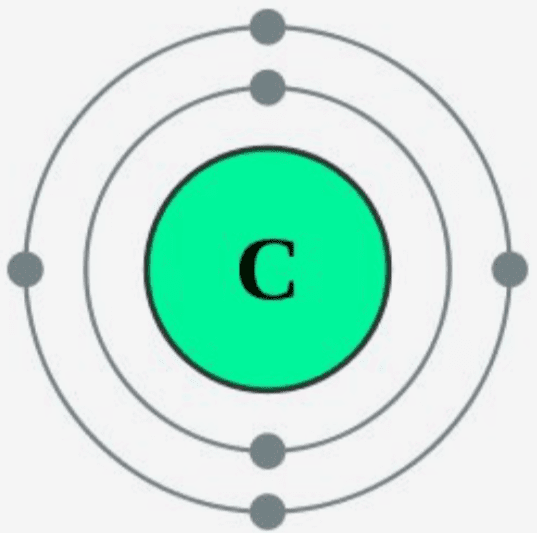
How Many Valence Electrons Does Carbon (C) Have? [Valency of Carbon]
Explanation: To find how many valence electrons are in an atom, you can look at the periodic table: Look at the writing above each Group, or column. The number next to the "A" is the number of valence electrons in an atom of an element in that Group. Carbon is in Group 4A, so it has 4 valence electrons. Answer link